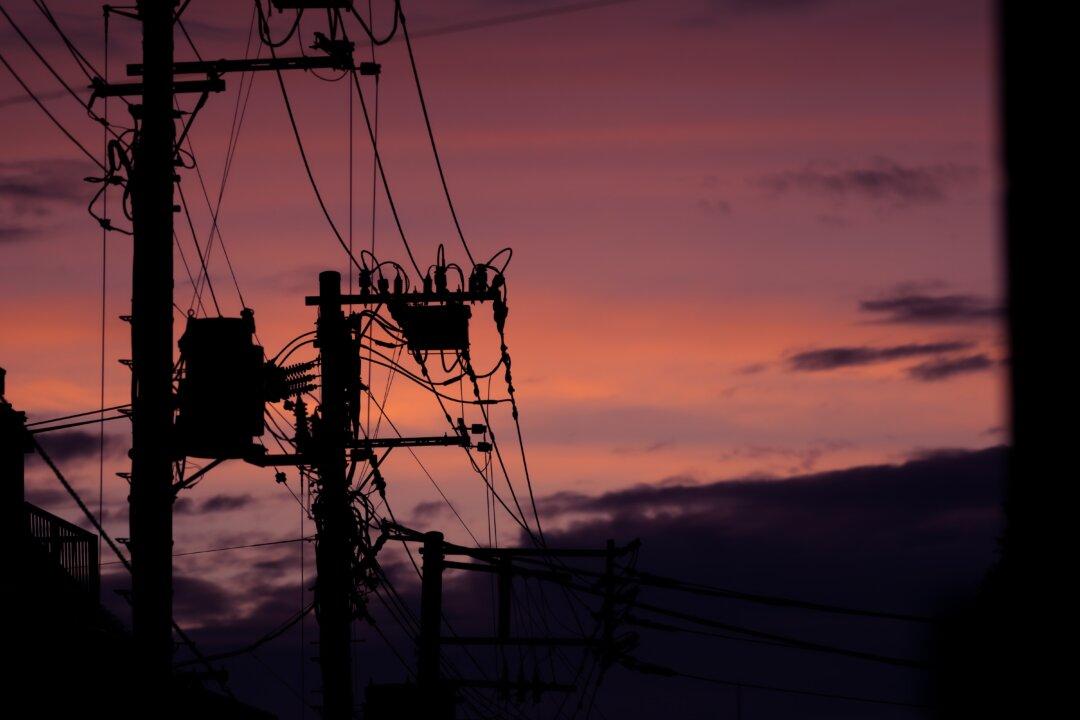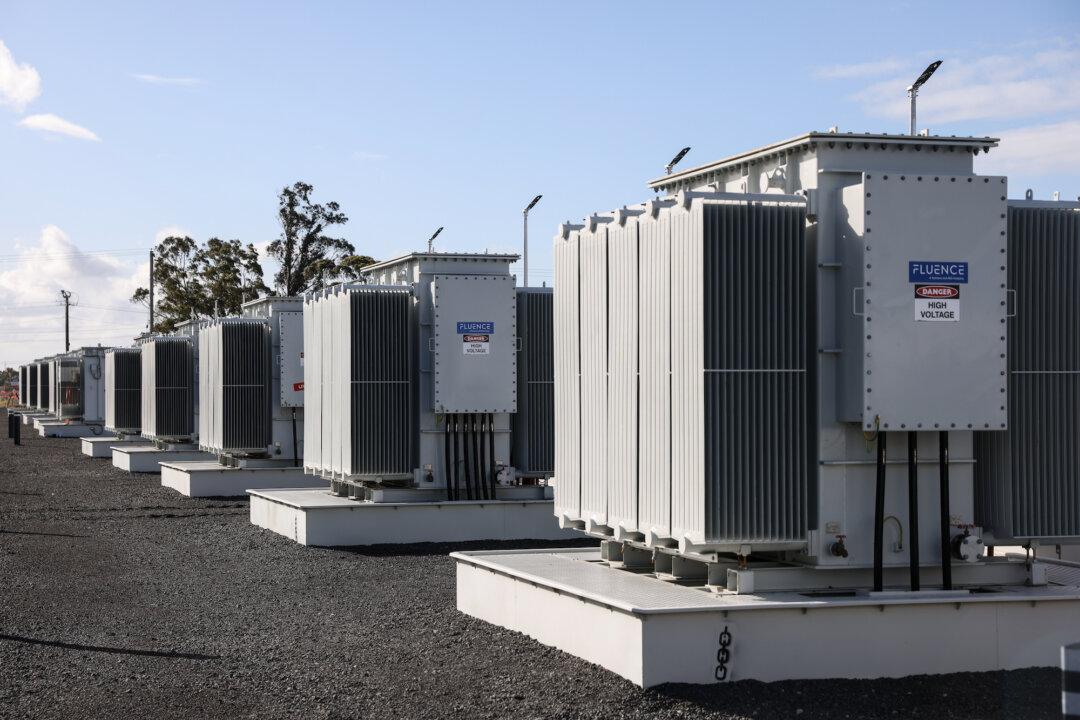Researchers from the University of New South Wales (UNSW) have discovered a way to generate electricity from solar energy at night, potentially overcoming the problem of intermittency in solar renewable power.
During the day, the Earth heats up as sunlight hits the planet, and at night this heat radiates out into the cold outer space in the form of infrared light. A research team from UNSW’s School of Photovoltaic and Renewable Energy Engineering has managed to generate electricity from this radiated heat. To achieve this, the team used a thermoradiative diode, which is made from the same materials as night vision goggles.




